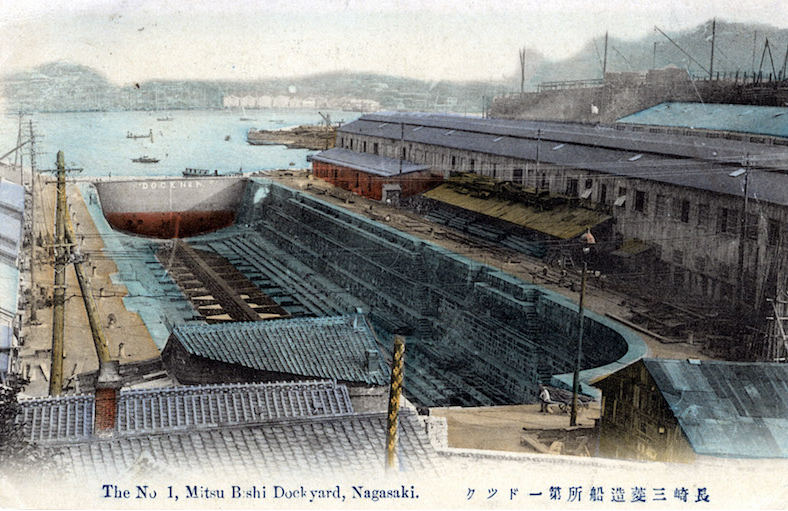The ruins of Longjiang Bao Shipyard in the Ming Dynasty are located in the area from Zhongbao Village, Jiangdong Township, western suburbs of Nanjing to Sancha River. This is the first place in my country to use shipyards to manufacture and repair ships. According to historical records: “In the early years of Hongwu, a factory was opened for shipbuilding in the open space in the northwest corner of the capital.” “We left the dock on the 25th, and the dock was where the ship was built.” Longjiang Treasure Shipyard covers an area of about 40 acres. Most of the “treasure ships” that Zheng He took on his voyages to the West were manufactured in this factory. Because the shipyard was close to Longjiang Pass at that time, it was called Longjiang Bao Shipyard. There are still many large rectangular ponds scattered on the site. Local residents know that this is the place where treasure ships were built. There are still place names such as “Tou” to “Qi”, “Shangtianwu” and “Xiatianwu”. In the 1950s and 1960s, a giant 11.07-meter rudder stock, damaged guanqiang wood, and an iron anchor capable of lifting about 500 kilograms were successively discovered from the shipyard ruins. From 1405 to 1433, Zheng He led his fleet based in Nanjing and made seven voyages to the “Western Sea” to visit various countries in Asia and Africa.

The Chinese working people were the first in the world to create and repair ships using shipyards. It is a method of ship repairing with scientific value, and this method is still used today. Therefore, further excavation of the Longjiang Bao Shipyard site is of great significance to the study of my country’s ancient shipbuilding and navigation industries.